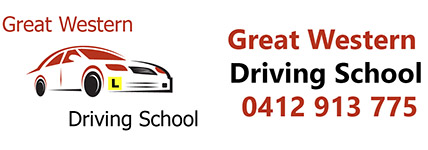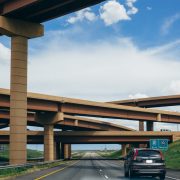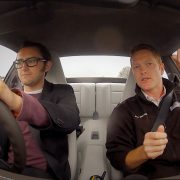How to Pass Your Practical Driving Test
There’s a variety of knowledge and skills you will need to successfully pass your practical driving test. Here’s a list of some of what’s involved.
Knowledge and Skills Required
- Are you confident starting the car, finding the controls and monitoring the instruments?
- How are your gear changing skills? This of course only applies to those who are going for their manual driving licence. Can you choose the right gear for the speed you’re travelling? Have you mastered smooth gear changes? Are you able to use the clutch to control your speed when starting and stopping?
- Your steering needs to be smooth. You need to have the correct timing when negotiating corners and manoeuvring in general.
- Maintain alertness of your surroundings. Be aware of your blind spots and use correct shoulder checking techniques. Use your mirrors, but mainly focus on what’s in front of the vehicle.
- Maintain the correct following distance behind other vehicles (at least 2 seconds behind the vehicle in front during ideal conditions. Add 1 second extra for each 3m of trailer length when driving a vehicle towing a trailer or caravan. Double your following distance in poor conditions, and increase following distances if you’re driving a heavy vehicle)
- Make sure your U-turn skills are up to scratch – You can only make a U-turn at traffic lights when there is a U-turn permitted sign. When you are doing a U-turn, you must give way to all other vehicles and pedestrians—even if other vehicles are facing a give way or stop sign. At intersections without traffic lights or at breaks in the centre island of the road, you must not do a U-turn if there is a no U-turn sign. You must also not do a U-turn across a single or double continuous centre line, across a continuous centre line to the left of a broken line, or over a painted island in the centre of the road.
- Are you able to confidently change lanes and merge? Be comfortable checking blind spots and judging gaps in traffic when repositioning your car.
- Have a sound knowledge and be able to observe all the rules regarding giving way at roundabouts and intersections.
- Be able to reverse safely in a straight line.
- Master your reverse parallel parking technique.
- Hill starts are important – you need to be able to commence moving forward on a hill with appropriate usage of the handbrake.
- You need to know how to overtake safely and appropriately.
- Be ready to react correctly to hazards – this includes slowing down, and indicating to move around the hazard.
The Practical Driving Test
Not everything listed here will be tested for. The traffic conditions and area in which the test takes place will contribute to the nature of your test. There are some things that will always be included, like following road rules and reverse parking.
Instant fails can be sustained if you break any of the road rules, such as speeding. If your driving assessor needs to intervene, this will also cause a fail.
How We Can Help
Here at Great Western Driving School, we can help you be ready for your practical driving test. We have the expertise to get your skills up to the level required to pass, and to go on to be a safe and confident driver in the community. Contact us for bookings.









